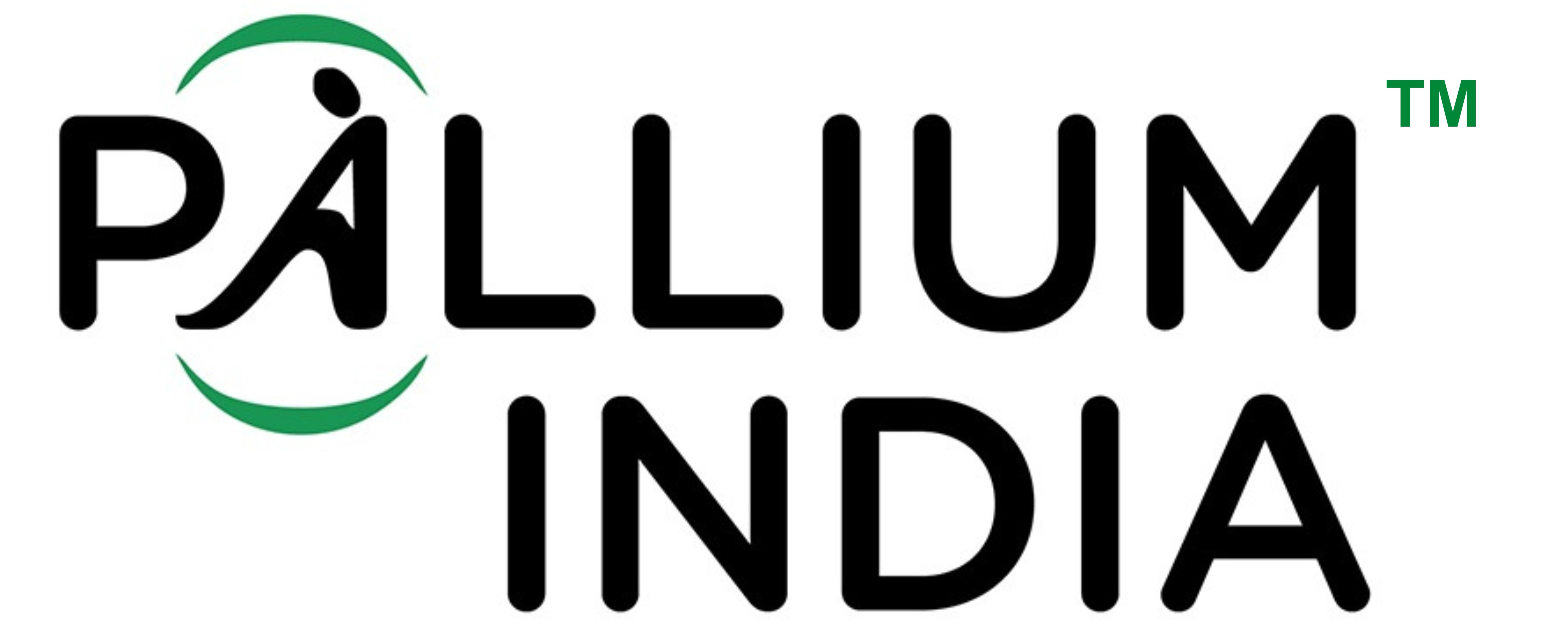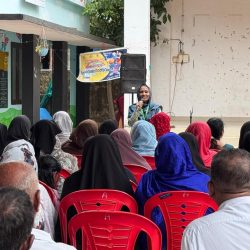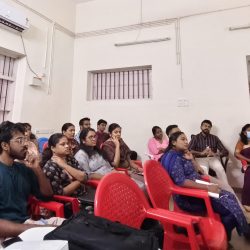Global Mapping of Palliative Care Provisions
“42% of the world’s countries have no palliative care services”
A quote from the Worldwide Palliative Care Alliance (WPCA) 2011 update of the global mapping of palliative care provision.
In 2006, Professor David Clark and Dr Michael Wright from the International Observatory on End of Life Care (IOELC) presented a report (pdf) that measured palliative care development in all countries of the world and classified them according to levels of palliative care development.
The IOELC 2006 report used a four-part typology:
- No known hospice-palliative care activity (Group 1 Countries)
- Capacity building activity (Group 2 Countries)
- Localised hospice-palliative care provision (Group 3 Countries)
- Countries where hospice-palliative care services were reaching a measure of integration with the mainstream healthcare system
The mapping exercise has been repeated in 2011 with some new criteria.
Within the typology, changes have been made to the criteria for level of palliative care development in groups 3 and 4 and these have been subdivided to produce two additional levels of categorisation: Groups 3a, 3b and Groups 4a, 4b.
India has been upgraded from Group 2 to Group 3b. This shows progress from “Isolated provision” to “Generalised provision” characterised by:
- the development of palliative care activism in a number of locations with the growth of local support in those areas
- multiple sources of funding
- the availability of morphine
- a number of hospice-palliative care services from a community of providers that are independent of the healthcare system
- the provision of some training and education initiatives by the hospice organisations.
We should rejoice!
The growth is definite and more widespread, though we wish the change was more visible in terms of opioid consumption or some such indication of significant rise in the percentage of needy population accessing palliative care.
Links





